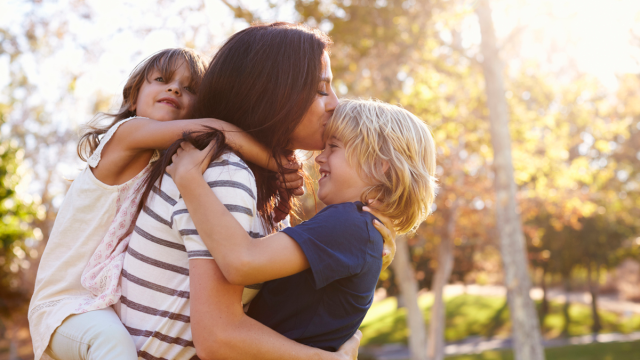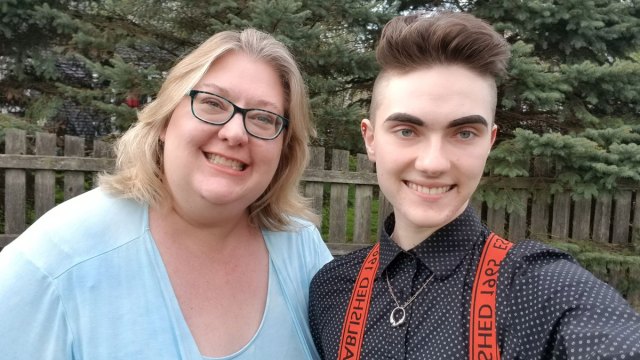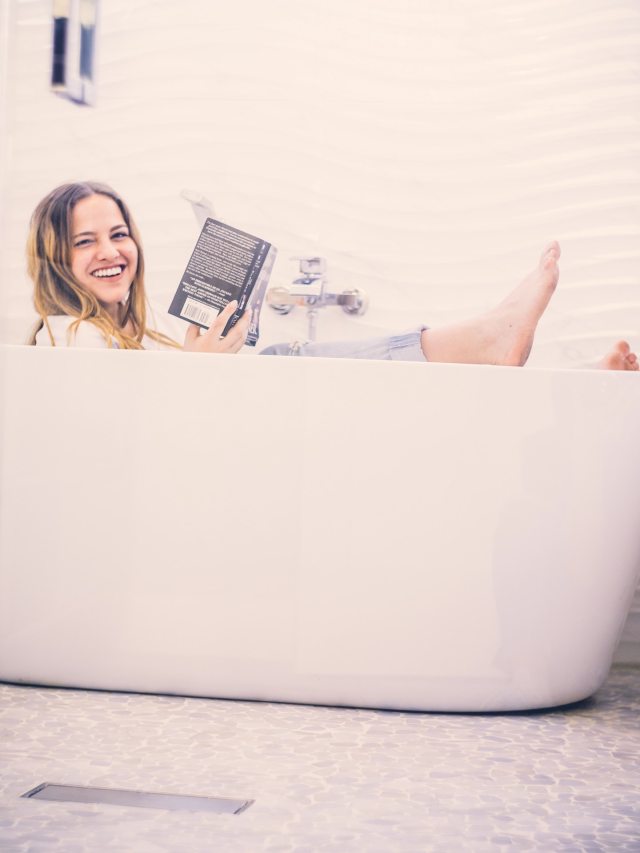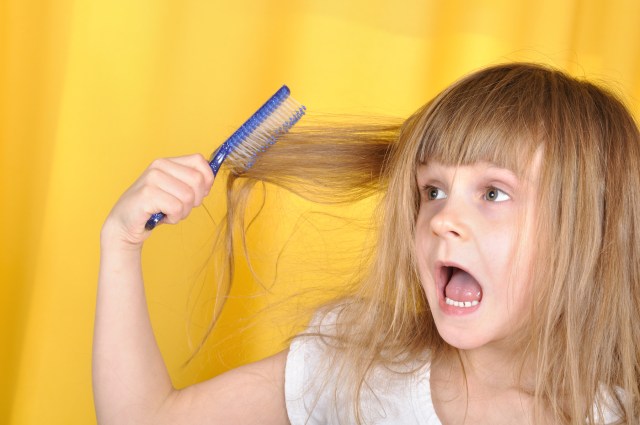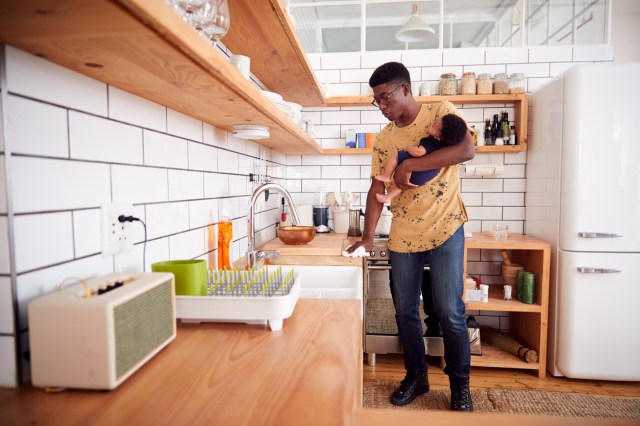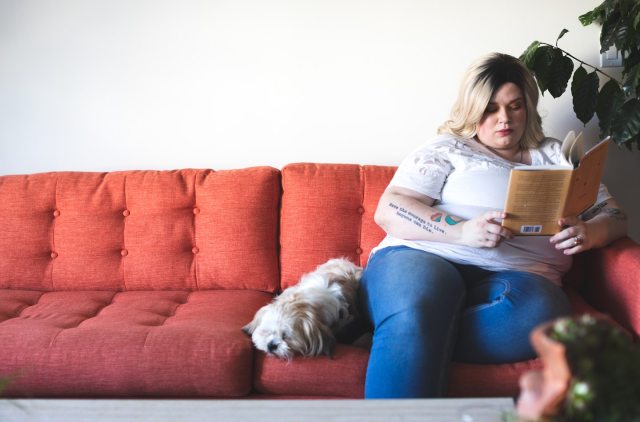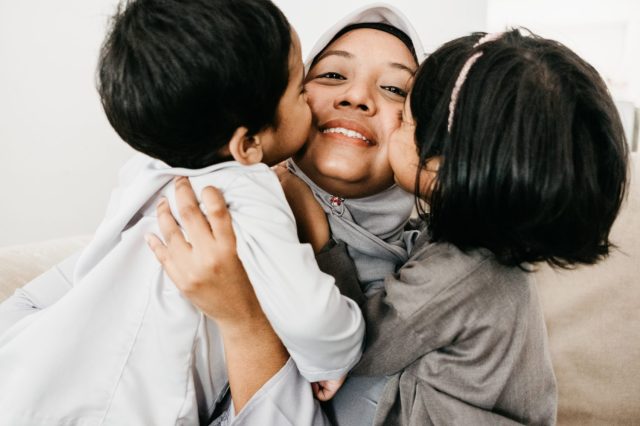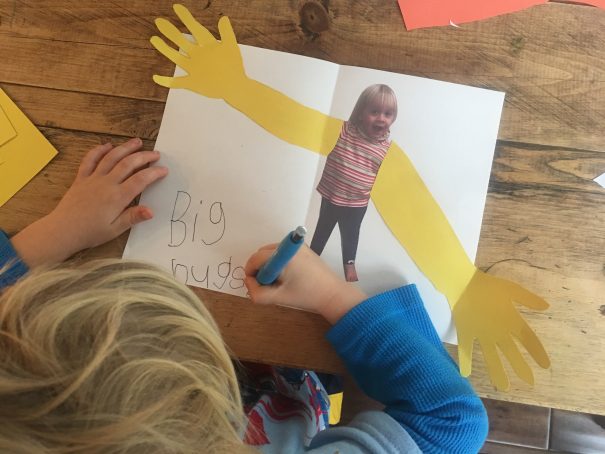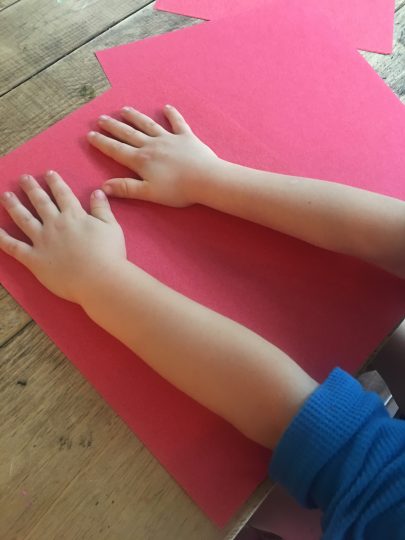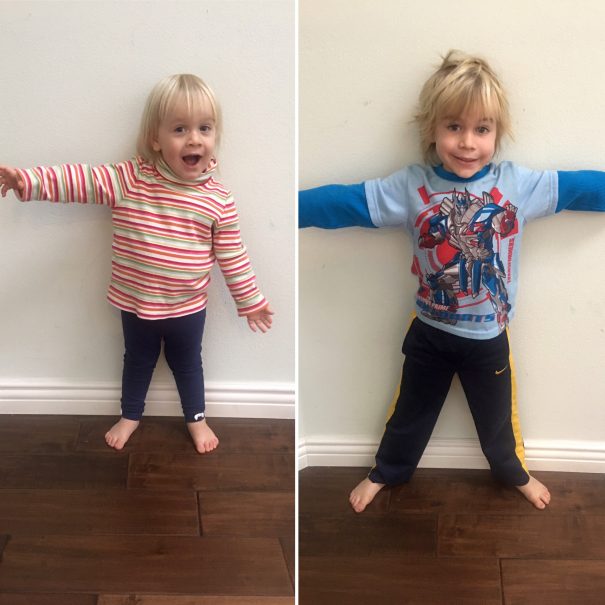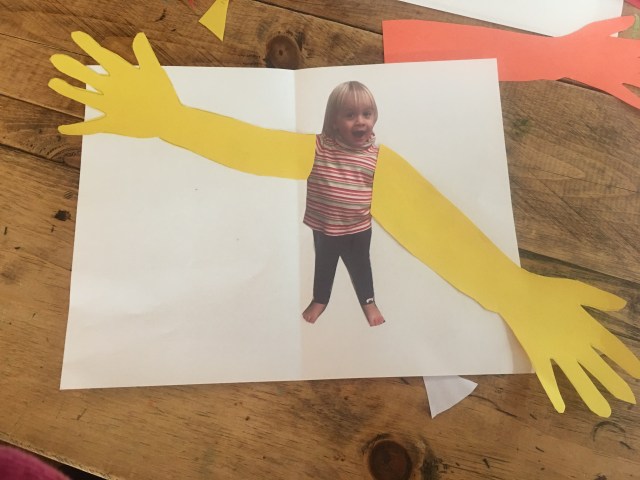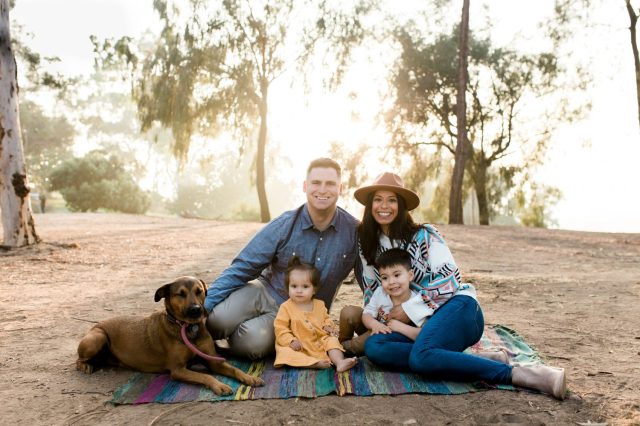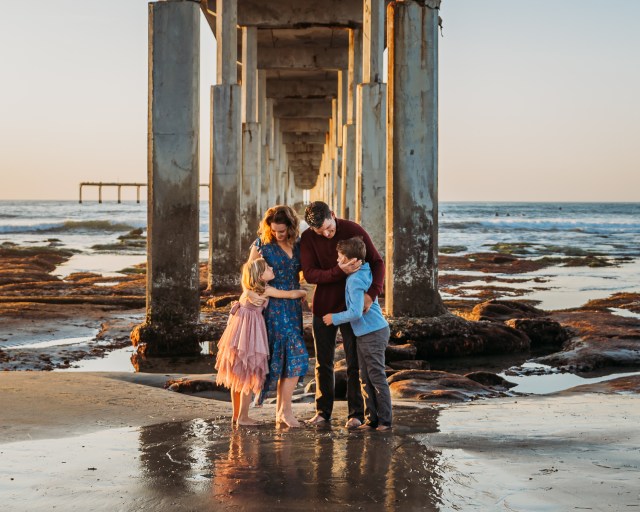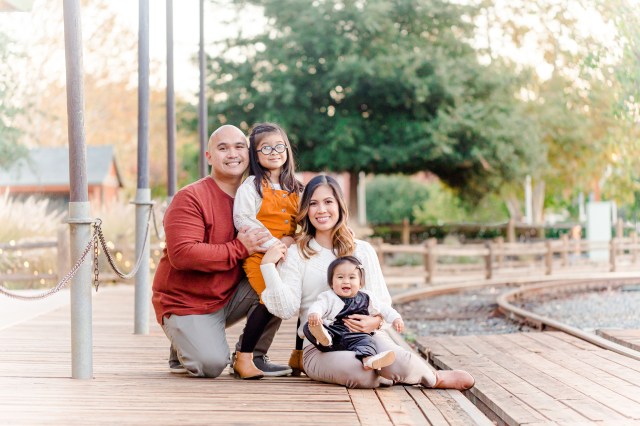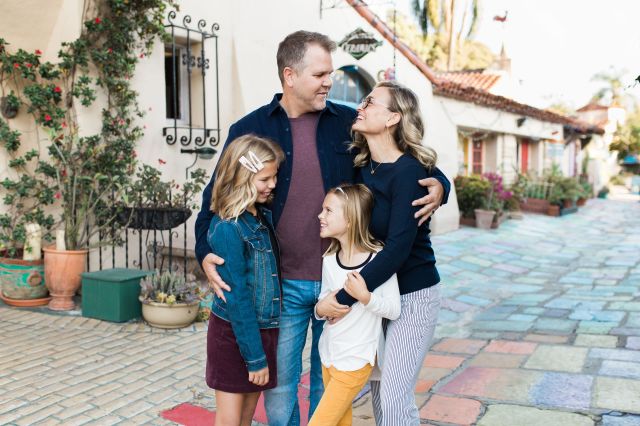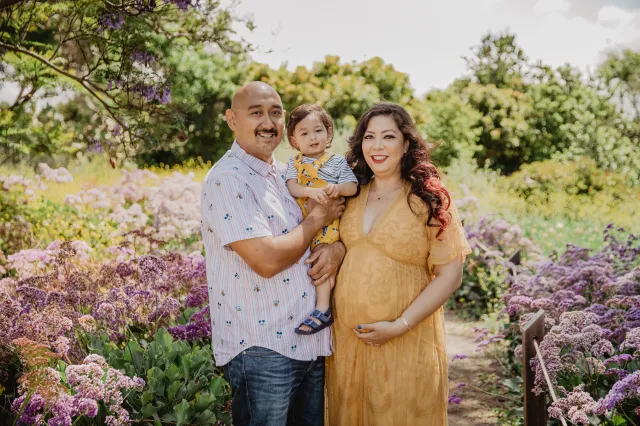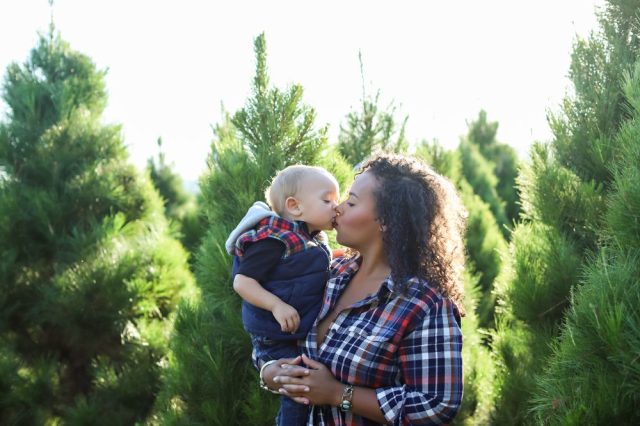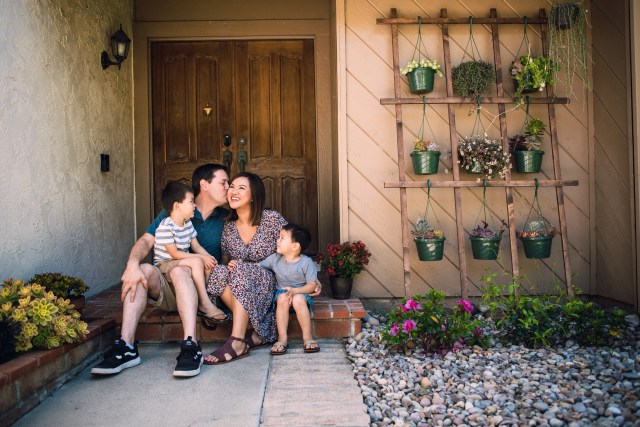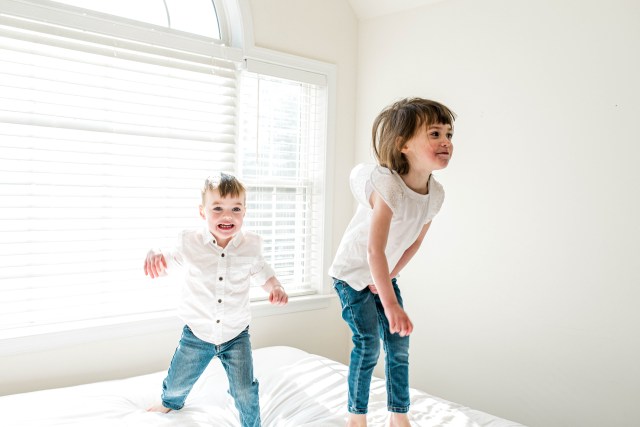One of my favorite Pixar movies is “Up.” If you haven’t seen it, it’s a charming story about love, hardship, friendship, and adventure. The colorful scenes of floating houses, funny characters, and wild creatures keep the audience captivated until the sweet and unexpected ending.
One scene especially caught my attention early in the movie. It was when the two main characters, Carl and Russell, meet for the first time. Carl is a grumpy older man who lives alone in his house that wants to be left alone. Russell is an eager, optimistic young boy that wants to help Carl. Assisting Carl will help Russell earn the final badge on his sash to become a Senior Wilderness Explorer. In the scene, Russell knocks on Carl’s door repeatedly and relentlessly. This ends up really upsetting Carl, but Russell won’t give up until Carl is willing to accept his help.
I felt like I was watching a scene between my teenage daughter and me! However, in this case, the roles were reversed. My daughter was the grumpy one, and I was the one persistently offering help.
Let me explain. There was a time when my daughter wanted nothing to do with me. If you’re a parent of a teenager, you probably understand.
She would lock herself in her room, and the only time I saw her was when she was yelling at me or coming out to eat. Seeing a smile from her was rare, and every time I would hear her footsteps come down the hallway, I would be waiting with a hug and hoping for a smooth moment together. My hopes were usually dashed when instead of a hug, I was met with a glare. I felt helpless and rejected with every interaction.
It’s hard when a child that once attached to your hip is now hiding behind a slammed door.
In an article, Katie Malinski LCSW says, “Children who are acting in unloving ways are likely to themselves be feeling unloved, unwanted, not valuable, incapable, powerless, or hurt. The response those children need isn’t greater control or bigger punishments, they need understanding, compassion, and support for their growth. LOVE.”
I wasn’t sure why she was acting the way she was, but I knew I wanted her to know I loved her unconditionally and that I would always be there for her.
Through the help of a parenting coach and a lot of research, I learned that her behavior had little to do with me, and it was most likely something she was going through. Dr. Cam Ph.D. is a popular Adolescent Psychologist and Family Success Coach. In one of her free resource guides, called 10 Secrets to Raising Teens she says, “It may be difficult to believe, but when your teen is giving you attitude, rolling her eyes at you, or asking you to drop her off a block away from her friend’s house, she still needs your support and approval more than ever.”
With that in mind, I decided not to take it personally, to put myself in her shoes, and to relentlessly pursue her.
I started putting encouraging notes on her bedroom door every morning. She tore them down. I would make her favorite foods and bring them to her room. I never got a thank you. I enlisted a trusted friend to drive her to her activities, so she had another adult to talk to. Sometimes she was silent. I always invited her to watch TV with me at the end of the day. She usually said no.
Like Russell in the movie “Up,” I often got a door slammed in my face, but much to my surprise, my relentless pursuit started to work. She eventually started coming out of her room and engaging with the family again. It took a while, but our relationship became even better than it was before her reclusive and grumpy behavior.
Now that we’re through that rough patch, I asked my daughter to help me understand what helped. This is what she told me.
1. Leaving notes on her door effectively spoke words of affirmation and love to her, which helped. According to her, it gave her space but also let her know I was there for her.
2. Having another trusted adult in my daughter’s life gave her space from me but gave her a safe person to talk to if she wanted to. My daughter felt safe enough to talk when she needed to.
3. When she did communicate with me, I would listen without judgment. According to her, this made her feel secure and comfortable.
4. She said by bringing food to her room instead of demanding, she come out of her room, it showed her that I respected her feelings. I met her where she was at instead of insisting on the opposite.
5. Inviting her on walks, to play family games, and watch TV, made her feel wanted even if she didn’t want to join.
Hearing these words from my daughter’s perspective made me feel like Russell did at the end of the movie. During the heartwarming scene, Carl surprises Russell by showing up at the Wilderness Explorer ceremony and pinning Russell’s well-earned badge on his wilderness sash. The scene ends with a big hug and the two of them eating ice cream together. I know every parenting situation is not like the end of a Pixar movie, and I certainly haven’t earned any badges, but I do hope my story encourages you. If you’re experiencing similar issues, you’re not alone. I know how hard it is to raise a teenager. When your teenager is grumpy and wants to be left alone, be relentless and let your unconditional love shine through. The ending is worth it.










